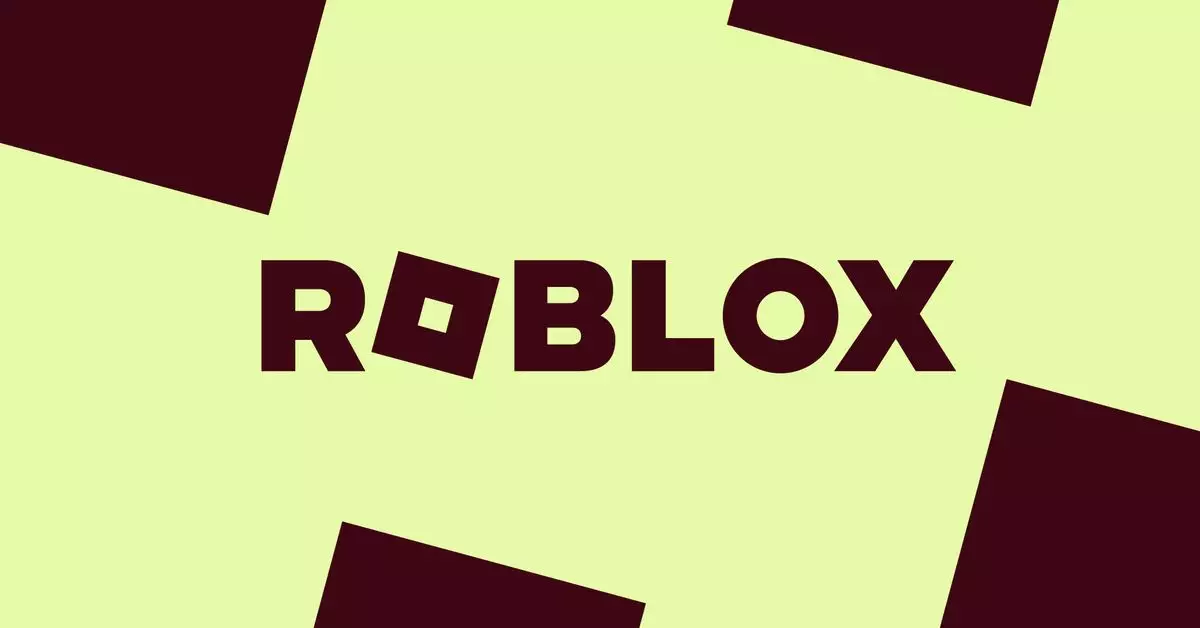Roblox has taken significant steps to enhance safety for its younger users amidst growing concerns regarding child protection on its platform. Recent controversies surrounding predator behavior and inadequate safeguards prompted the company to implement measures that aim to empower parents while also ensuring that children can safely navigate the virtual world. As highlighted in various reports, including a well-cited Bloomberg article, these changes are a response to high-profile criticisms and increasing public scrutiny.
The information relayed in a recent email to parents details a new framework where users under the age of 13 will require parental consent for accessing specific chat functionalities. Moreover, for children under 9, the permission is necessary to engage with experiences labeled as having “moderate” content—essentially those that might include mild violence or crude humor. This shift in policy illustrates Roblox’s urgency to proactively address issues that have plagued the platform, particularly as negative press has intensified.
One of the critical transformations in Roblox’s content oversight is the transition from age-based experience guidelines to a more nuanced content label system. This alteration aims to provide a clearer definition of what children might encounter in different experiences, easing parental concerns over ambiguous categorization. The anticipated labeling is designed to arm parents with the knowledge needed to make informed decisions about their children’s engagement with various aspects of the platform.
This content maturity rating system is an essential step towards better transparency. By decoupling content from age brackets, Roblox allows parents to evaluate the suitability of experiences based on thematic elements rather than arbitrary age thresholds. However, while this approach enhances clarity, it also raises questions about the effectiveness of such labels in equipping parents with the right tools to navigate their children’s gaming experiences.
In addition to content labeling, Roblox is introducing new parental control features designed to give caregivers more oversight. By linking their accounts to their children’s, parents will be able to access usage statistics, including daily screen time and friends on the platform. This initiative reflects an encouraging trend towards empowering parents with information, thus enabling them to engage with their child’s gaming activities more actively.
However, the implementation comes with caveats. While the introduction of parent-linked accounts facilitates oversight, the inability to set specific restrictions, such as a PIN for alterations or barriers for certain chat functionalities, could undermine the intended safety improvements. The communication from Roblox indicates that while parents will have enhanced visibility to monitor their child’s behavior, they essentially remain limited in how they can enforce boundaries.
The cessation of PIN-based controls, despite providing new tools for insight, has the potential to provoke unease among parents. This inherent tension between monitoring and restriction could leave caregivers feeling somewhat exposed, lacking the granular control that they might desire.
Broader Implications for Online Gaming and Safety Measures
Roblox’s proactive measures are emblematic of a broader trend in the gaming industry toward prioritizing child safety. As digital play spaces evolve, the onus falls on developers to foster environments that mitigate risks associated with online interaction. The changes within Roblox signify a meaningful shift toward this responsibility, suggesting that other platforms could follow suit in response to mounting criticism and regulatory pressures.
Turkey’s move to block Roblox temporarily reflects the serious global implications of how online spaces must protect children. Such actions underscore the heightened expectations that nations now hold tech companies accountable for safeguarding minors, thereby signaling that gaming firms must be anticipative in their safety measures.
While Roblox aims to position itself as a safe online environment, the upcoming changes are just the start of an ongoing dialogue about child safety in digital spaces. The commitment to refining controls and the introduction of new content maturity settings speak to the platform’s recognition of its role in fostering a responsible community.
However, as these changes roll out, it will be essential for Roblox to actively engage with parental feedback and adapt accordingly. Balancing user freedom with protective measures will remain a delicate endeavor, and how the platform navigates this complex terrain in the future will ultimately determine its success in cultivating a safe gaming environment for children.


Leave a Reply
You must be logged in to post a comment.